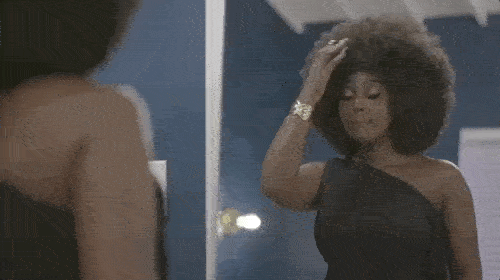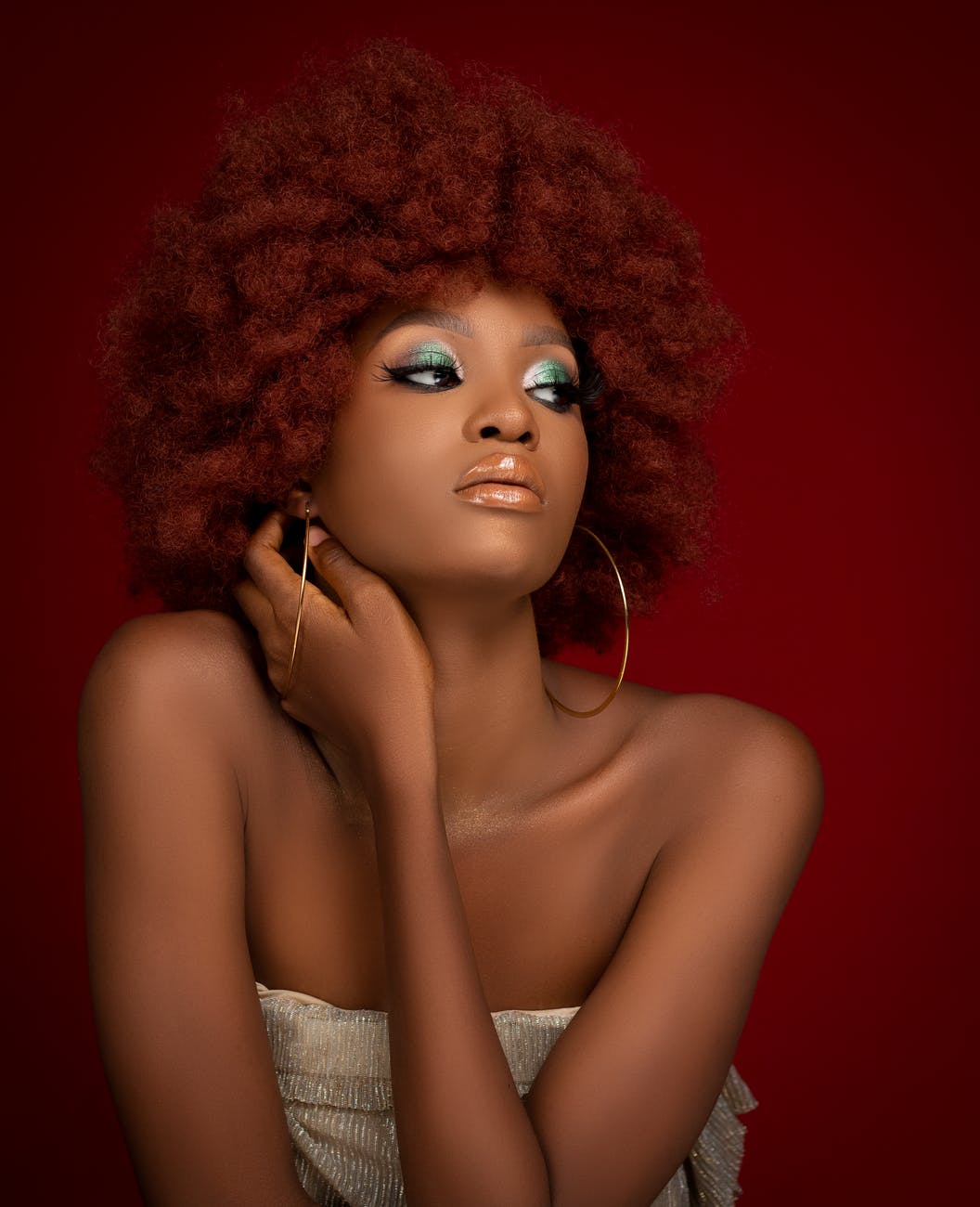Some have the wrong idea about the strength of 4C natural hair, so we want to debunk a common myth for you.
Though resilient with legendary bounce back, our kinks and coils are quite fragile and prone to breakage, which is why that’s one of naturalistas’ biggest concerns.
But breakage is incredibly specific and often confused for routine hair shedding, so we're here to clear up the inaccuracies.
Read on for all you need to know about breakage and shedding, along with how you can solve both.
How do I know if I’m experiencing shedding ?
Shedding is a totally normal part of your 4C hair’s growth cycle, with around 100 hairs a day being lost by almost everyone on average. New strands of hair get to grow in when old strands fall out of their follicles at the end of their cycle.
You can identify hair that has shed by a white bulb at its root if you hold it up to the light.
When to panic about your 4C hair shedding too much

If your hair is excessively shedding right now, you’re not alone — stress can be a trigger for it, as well as a less than stellar diet.
Restore your hair by infusing it with the nutrients that hair supplements and hair, skin, and nails vitamins can give.
Also remember to stay hydrated and give yourself a scalp massage every other day, as well as mid-shower session to boost your hair growth and really cleanse and protect your scalp from whatever life throws at it.
How do I know if I’m experiencing hair breakage?
An actual breaking of your hair shaft is how breakage is defined.
You’ll notice it when your strands in that section are misaligned with the rest of your hair, appearing shorter with jagged ends.
This normally occurs at the crown of your head, the nape of your neck, the hairline, and the back of your head where breakage is difficult to spot.
If your kinks and coils are also brittle and dry no matter how much you’re moisturizing them, and you’re experiencing tangles and knots though your detangling game is above average, then these are also signs of breakage and damaged cuticles.
How to stop hair breakage

If any of the above fit the bill, you may be doing too much to your strands. Daily straightening, hair color, excessive heat styling, and tight hairstyles can all lead to breakage.
To combat it and stop it once and for all, cut heat styling and hair coloring out of your routine for a few months if you can manage it. Then, infuse your hair with hydration by upping the conditioning and masking, as well as adding in moisturizers and leave-in conditioners to your routine.
Getting a haircut is also the easiest way to start your kinks and coils anew. It gives your hair a clean slate for all the goodness you can infuse into it from there on out.
Your diet shows up in your hair, so you should be feeding your body foods high in hair-strengthening biotin like eggs and fish. Zinc, protein, iron, vitamin D, and omega-3 fatty acids should also be plentiful in the dishes you eat.

Proper detangling is the last major key to staving off breakage.
You should be doing this with a gentle touch when your hair is as soft as possible. That might be after an overnight pre-poo treatment when your hair is saturated in oil, or amidst a shower session after a mask has worked its magic.
Detangling on dry hair is sure to break your natural strands, so avoid doing this for optimal hair health.
Lastly, if all else fails, we strongly suggest seeing a nutrionist, dermatologist, or a trichologist. These experts can help assess any internal issues that may be the culprit of unusual hair shedding or harmful breakage, like hormonal imbalances, dietary needs, or illnesses.
Always remember: hair concerns like shedding and breakage are super common, so don’t fret. Taking decisive action to remedy them will have you back to amazing hair in no time.
Have you experienced excessive shedding or hair breakage? What did you do to fix it?
Share in the comments!
Written by: Faith Cummings




9 comments
There’s no such thing as baby fine 4C hair. That’s it
Don’t forget that WATER is hydration and the oils or conditioners trap the water. There are also penetrating oils,COCONUT, that you should apply after the water. You can se a spray bottle, and you should fully saturate weekly. If it’s not wash day BLACK TEA RINSE stops shedding too, and is an excellent way to saturate.
It detangling with a too… Do it in at least 12 sections and goop it up with a creamy leave in to create ‘Slip’. Slip will glide the tool and stop breakage!
Try taking folic acid to prevent breakage.Also, leave in conditioner, hair massages, reduce manipulation of your have. Wear protective styles for a few days at a time in between treatments. Detangle in small sections from the ends up. Wear satin caps and pillow cases during sleeping to stop hair breaking.
Very informative, I take meds that effect (dry, breakage) my hair, skin and nails. What meals and beverages do you suggest ?
Thanks in advance,
Rose
I have almost given up. I have thin, baby fine 4c hair. The back is a lot looser than the top center. I have shedding, breakage, and the single strands love to knot together. I can see why in some parts of Africa the women just shave their heads.